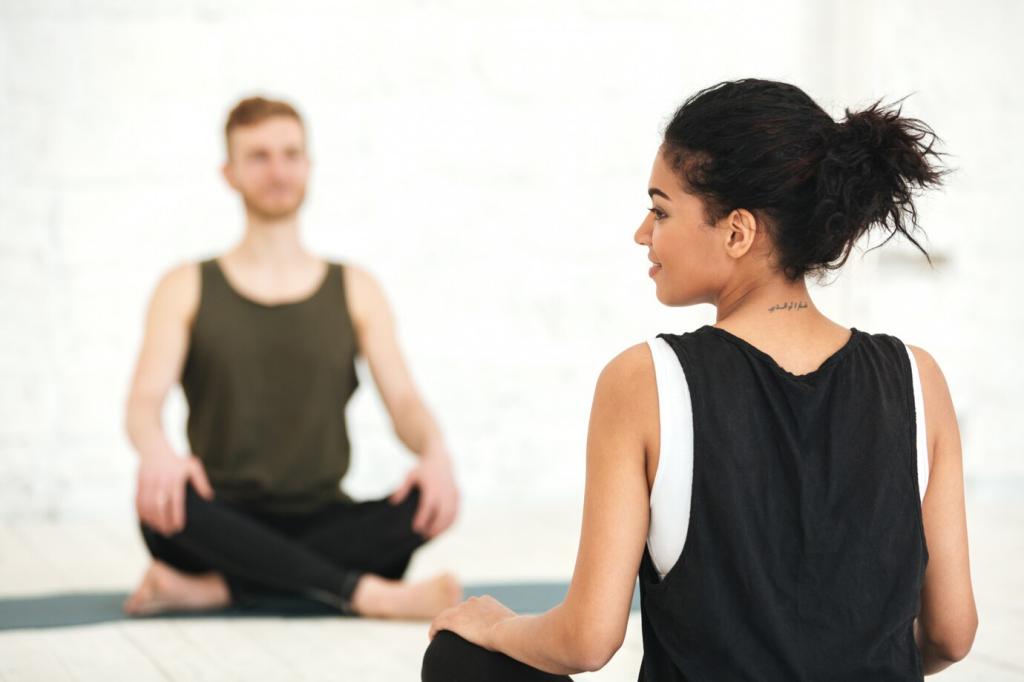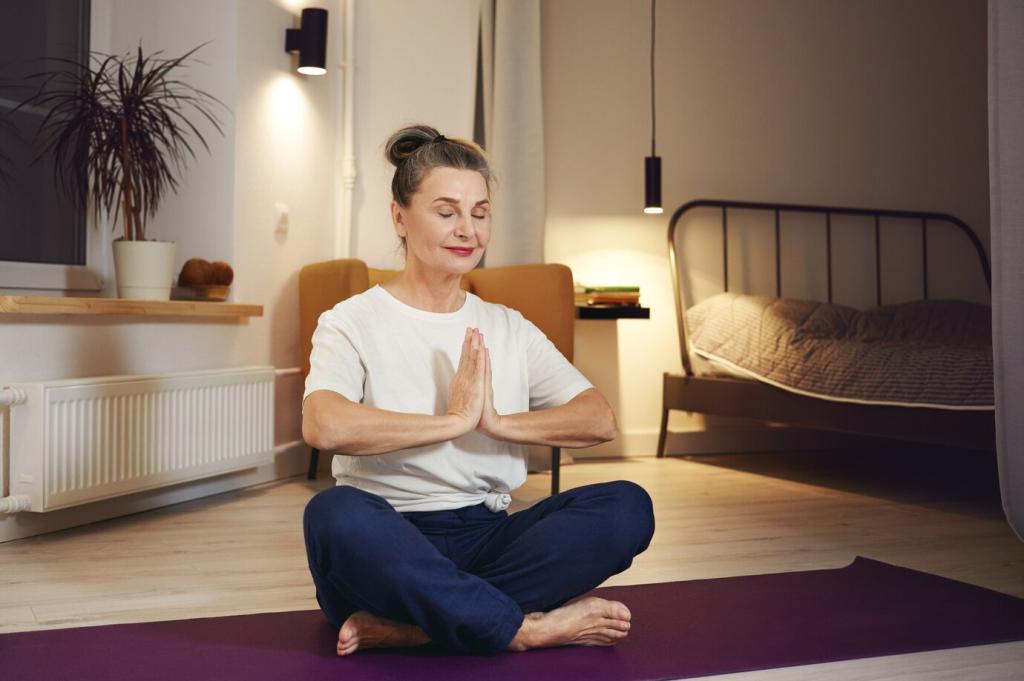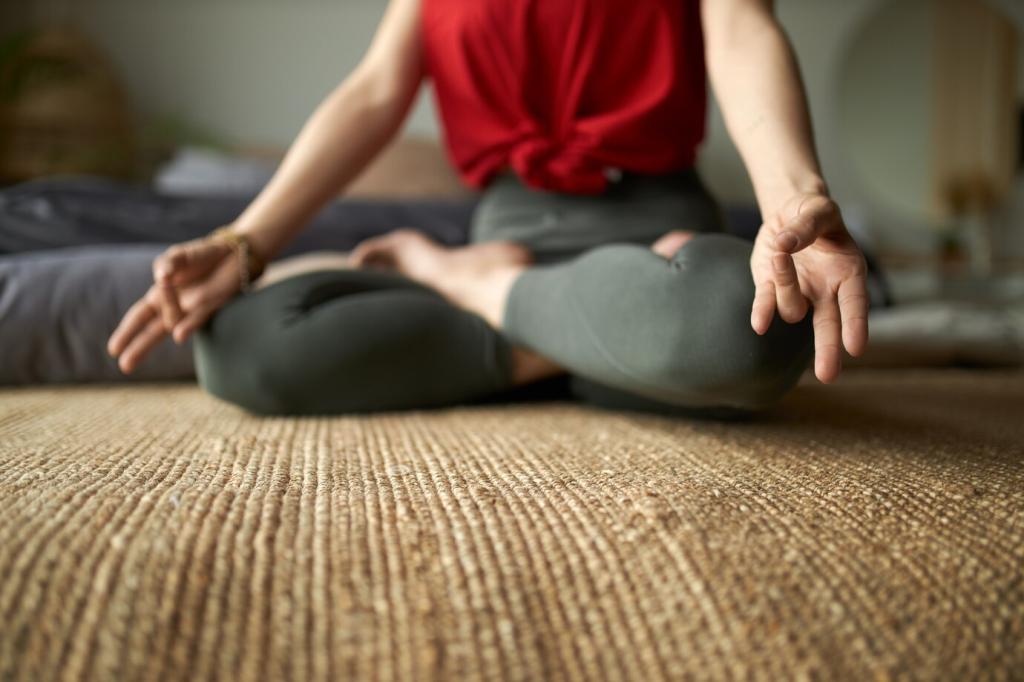How to Create a Personal Meditation Space
Chosen theme: How to Create a Personal Meditation Space. Welcome to a gentle guide for shaping a sanctuary that feels like yours—intimate, grounded, and inviting. Here, we’ll blend practical design with soulful intention, so your space naturally supports daily calm. Share your ideas, ask questions, and subscribe for weekly inspiration tailored to your unique practice.

Start with Intention: Define the Feel Before the Look
Write a single sentence that captures why this space matters. Is it to recharge after work, soothe anxiety, or deepen focus? Let that purpose guide every choice—from objects to lighting—so your space feels aligned rather than decorated.
Start with Intention: Define the Feel Before the Look
Pick three feelings you want the space to evoke, such as quiet, safety, and gratitude. Keep them visible on a small card. Each item you add should serve those feelings, helping you resist clutter and impulse purchases that dilute intention.

Find the Right Spot: Light, Noise, and Flow
Soft morning light can set a gentle tone, while harsh midday glare distracts. If windows are bright, diffuse them with sheer curtains. If your home is dim, add warm, low lamps that signal evening calm without straining your eyes.
Design with the Senses: Light, Scent, and Sound
Choose warm bulbs, dimmers, candles, or salt lamps for a gentle glow. Avoid overhead glare that keeps the nervous system alert. Place light sources at or below eye level to encourage downshifting and a more grounded visual field.
Comfort and Posture: Cushions, Chairs, and Alignment
Choose the Right Base
A firm cushion, folded blanket, or meditation bench lifts your hips above knees, easing the lower back. If floor sitting is painful, use a sturdy chair and place both feet flat. Your posture should feel kind, sustainable, and awake.
Create a Grounded Backline
Imagine a string lifting the crown of your head while your tailbone roots down. Relax your jaw and shoulders. If needed, place a cushion behind your lower back or under your hands to prevent fidgeting and creeping tension.
Make Setups Effortless
Keep your cushion, shawl, and timer within reach in a small basket. The fewer micro-decisions required, the more likely you’ll sit daily. Tell us your two-minute setup hack to help others anchor their routine.
Edit Ruthlessly, Honor Tenderly
Clear everything from the chosen area, then add back only essentials. If an object carries emotion, name why it stays. The goal is not austerity but resonance—each item should breathe purpose into your practice.
Create a Simple Altar
Place one photo, a stone from a meaningful walk, and a candle. Let these remind you of belonging and steadiness. Avoid overfilling. Altars evolve; swap items seasonally to reflect growth, grief, celebration, and renewed commitments.
Contain the Everyday
Use a tray or box for matches, oils, journals, and earbuds. Containers prevent drift and visual clutter. Snap a before-and-after photo and share your transformation; seeing progress makes returning to the cushion easier tomorrow.
Rituals and Habit Loops: Make Showing Up Easy
Meditate right after brushing your teeth or starting coffee. The existing routine becomes your doorway. Even three minutes counts. Consistency builds identity: “I’m someone who sits.” Comment with your cue so others can try it.
Rituals and Habit Loops: Make Showing Up Easy
Pick a timer app with soft bells and no jarring alarms. Start shorter than you think—five to eight minutes—then extend gradually. End with gratitude for simply showing up, which rewires motivation more reliably than chasing streaks.
Rituals and Habit Loops: Make Showing Up Easy
Place a hand on your heart, smile, and note one helpful sensation. Tiny celebrations encode the habit loop positively. Track your sits on a wall calendar and share your weekly wins with our community to stay encouraged.
Small Spaces, Budgets, and Real-Life Constraints
Use a roll-up mat, small cushion, and travel-sized candle in a tote. Unpack wherever you find quiet: balcony, park bench, or office corner. Portability protects your practice during travel or life transitions without sacrificing familiarity.
Set gentle boundaries by choosing a time window and placing a small sign that says “Meditating—back at 7:15.” Invite loved ones to join for one minute of breathing. Inclusion often earns more respect than rigid rules.
When Maya turned a sunny windowsill into her sanctuary with a thrifted cushion, a seashell, and one plant, her five-minute breaks steadied anxious afternoons. She later added a bell. Start small; the space will grow with you.

